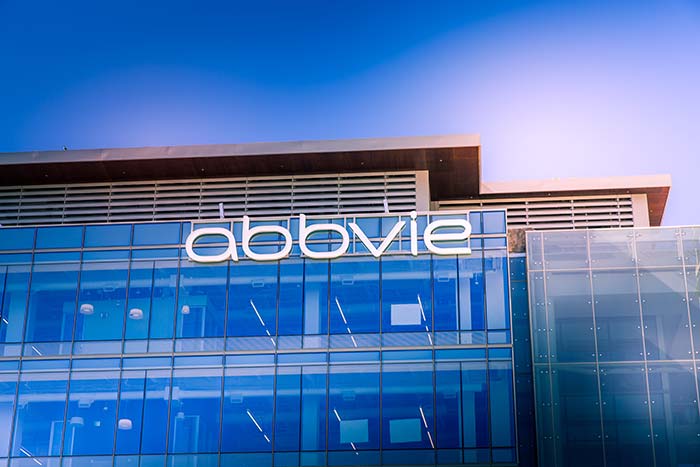Since Halloween is tomorrow, in this week’s Safety Net, we’re going to take a look at a dividend that many investors are afraid of.
For as long as I can remember, Wall Street has been scared silly about AbbVie (NYSE: ABBV).
The rub on AbbVie is that Humira, the company’s top revenue generator and the biggest-selling drug in the world, is now off-patent. For many years, Wall Street analysts advised investors to stay away, warning that when Humira’s patent expired, generics would flood the market and cause AbbVie’s revenue, earnings, and stock price to crater as a result.
But in reality, the company is as terrifying as a polite 4-year-old trick-or-treater in a princess costume.
The chart below shows how wrong Wall Street analysts have been about AbbVie.
Even now, more than a third of analysts that cover the stock don’t rate it a “Buy.” But I never let the “Wrong Way Corrigan” analysts influence me.
AbbVie has been in the Compound Income Portfolio in my monthly newsletter, The Oxford Income Letter, since 2016. With dividends reinvested, we’re sitting on a gain of 376% and enjoying an annual yield of 10.8% on our original investment.
AbbVie is a Perpetual Dividend Raiser, having boosted its dividend every year since it was spun off from Abbott Laboratories (NYSE: ABT) in 2013. It currently pays shareholders a quarterly dividend of $1.55 per share, which gives the stock a 3.3% yield on the current price.
Can AbbVie continue to be a Perpetual Dividend Raiser?
In the second quarter, Humira sales dropped 29% year over year.
As a result, the company’s free cash flow is forecast to decline from $22.1 billion last year to $17.6 billion in 2024.
However, AbbVie is only expected to pay $11.1 billion in dividends for a payout ratio of 63%, which is well within my comfort range. I like to see companies’ payout ratios stay below 75% of their free cash flow. That tells me that even if free cash flow declines, the company should be able to afford its dividend going forward.
Plus, as I said above, AbbVie has boosted its dividend every year for 11 years, showing investors its commitment to dividend growth.
With AbbVie boasting a strong history of dividend raises and enough free cash flow to cover its dividend, don’t be scared off by the Humira situation. AbbVie’s dividend has a low risk of being cut.
Dividend Safety Rating: B

What stock’s dividend safety would you like me to analyze next? Leave the ticker in the comments section.
You can also take a look to see whether we’ve written about your favorite stock recently. Just click on the word “Search” at the top right part of the Wealthy Retirement homepage, type in the company name and hit “Enter.”
Also, keep in mind that Safety Net can analyze only individual stocks, not exchange-traded funds, mutual funds, or closed-end funds.


